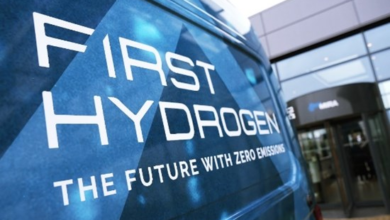Researchers develop a process to produce hydrogen, chalk for cement
QUT scientists’ produce green hydrogen and construction materials through electrochemical process

The Centre for Materials Science and the Centre for Clean Energy Technologies and Practices have developed the electrochemical capture and conversion of CO2 process, which produce hydrogen and a host of useable byproducts, H2 Bulletin reports.
Olawale Oloye, a PhD researcher, and Professor Anthony O’Mullane from the School of Chemistry and Physics, Queensland University of Technology (QUT), Australia, have worked on the research.
The innovative method involves capturing CO2 by its reaction with an alkaline solution to form solid carbonate products, which can be used in several applications such as cement.
The process uses calcium source in water with a biodegradable chemical called MEA to increase the amount of CO2 captured from the atmosphere and into the water. The next stage is the hydrogen evolution reaction through electrolysis to produce green hydrogen, using renewable electricity, with a byproduct, calcium carbonate (CaCO3), commonly known as chalk.
Professor O’Mullane said calcium carbonate could be used in the cement industry, which has a significant CO2 footprint.
He further added, “This mineralisation approach could be used to produce other commercially important metal carbonates such as strontium carbonate (SrCO3) and manganese carbonate (MnCO3), both of which have many industrial uses.”
Professor O’Mullane said, “We found we could use seawater once it had been treated to remove sulphates. To do this, we first precipitated calcium sulphate or gypsum, another building material, and then carried out the same process to successfully turn CO2 into calcium carbonate, thus providing proof of concept of a circular carbon economy.”
